How to use chicken poo (safely) in the garden
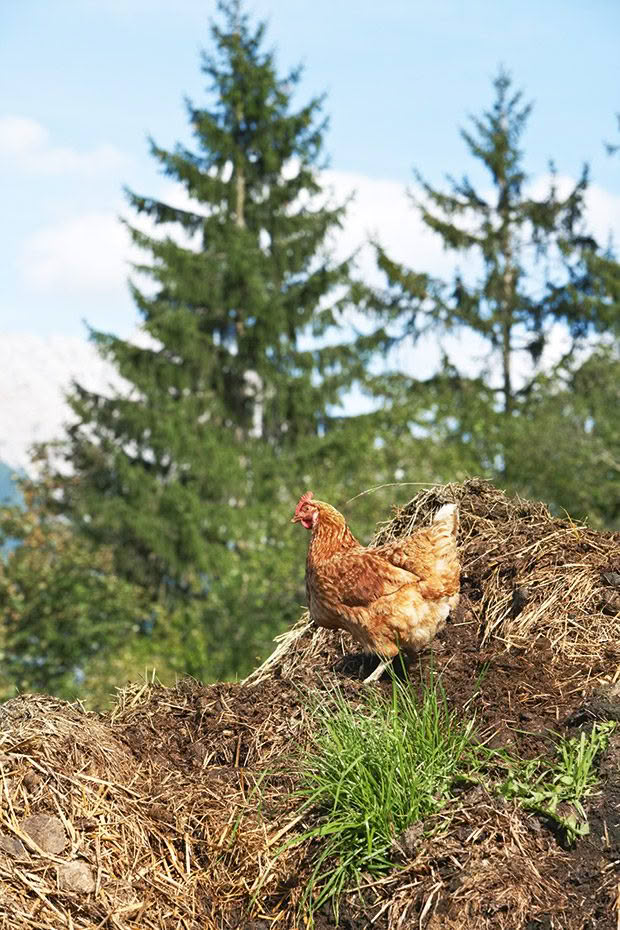
You may love your poultry for their sweet natures, colourful looks, daily egg, and possibly meat, but they reliably produce another useful product too.
Words: Sue Clarke & Nadene Hall
For every 100g of feed a chicken eats, it produces about 40g of manure. The average layer hen eats 120-160g a day, for a yearly poo production rate of 17.5-24kg.
The bonus is, unlike seasonal eggs or a one-off meat contribution, you get poo every day, without fail. To many poultry people, poo is a smelly problem. But if you manage it well, it’s a beneficial addition to pasture and gardens.
However, manure must be pre-treated to benefit plants. If not, it can do more damage than good.
WARNING
Manure can carry bacteria and viruses, some of which may infect humans, like salmonella and E coli.
•Never water on or spread chicken manure onto the foliage of edible plants, or on/around root crops which are soon to be harvested,eg radish, beetroot, carrots, potatoes.
•Be careful when handling fresh manure or fine dusty material inside a coop. Wear a respirator (not a face mask), gloves and eye protection.
•Wash your hands thoroughly afterwards.
3 EAST WAYS TO COLLECT AND PROCESS MANURE
There are several easy ways to work with the black gold your flock produces. All have benefits and drawbacks.
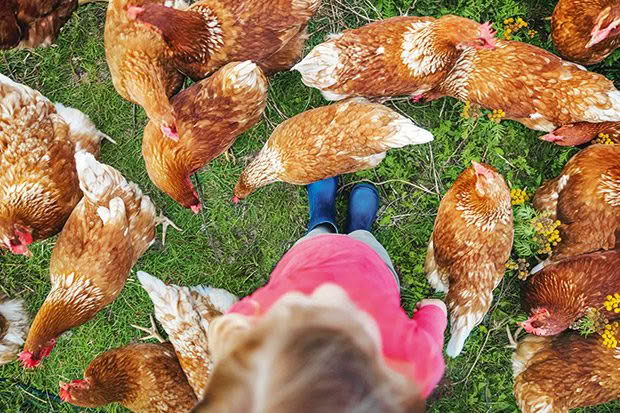
• Place sheets of cardboard or plastic under the perches. These can be removed daily or weekly, scraped down with a spade. and the manure used fresh or placed in compost.
• Spread a thin layer of cut straw, sawdust or wood shavings on the coop floor and mix manure into it every so often (weekly, or less often). Remove every few weeks and compost.
• Spread a deep layer of wood shavings on the coop floor, at least 10cm deep. The droppings will decompose into the wood shavings (which absorb the moisture, reducing the smell) over several months. Rake it up to keep it aerated and ensure it remains dry. Over 4-6 months, it will turn into a much finer texture as it composts down. It can be removed every 6-12 months.
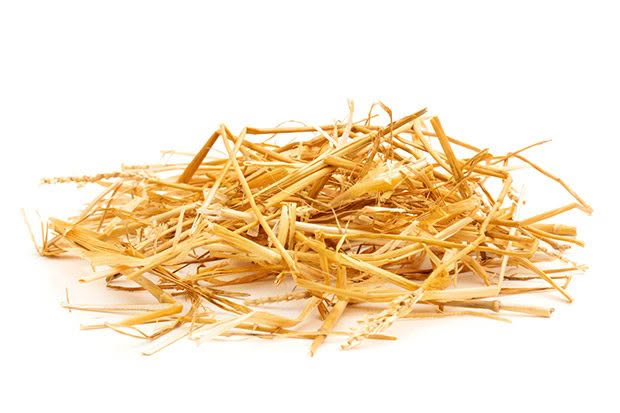
THE FERTILISING VALUES OF POULTRY MANURE
Manure’s nutrient value varies, depending on several factors:
• the age of the birds that produced it;
• their production type, eg layers, fattening birds;
• the feed they’re eating, and its quality.
The poultry digestive system is not very efficient; around 40-70 per cent of the nutrients they eat are expelled in the manure. Adult birds, eating the maximum amount of feed per day, will produce significantly more manure than young birds eating a quarter of the amount.
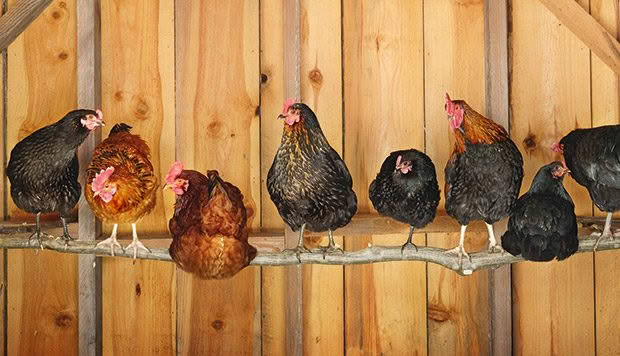
The main fertiliser nutrients in manure are nitrogen, phosphorous and potassium (NPK). Micronutrients include calcium, copper, magnesium, zinc, manganese, chlorine, boron, iron, sulphur and molybdenum.
Layer hens provide an extra benefit. They excrete more calcium than other poultry as they eat a high calcium diet (to help them produce shells).
NUTRIENT CONTENT OF MANURES (g/kg dry weight basis)

Nutrient values vary widely because it depends on the species, the age of the animal, what they are eating, and how the manure is stored and handled. Generally, the longer you leave manure, the more nitrogen is lost. Poultry manure generally has the highest nitrogen, phosphorus, and calcium content.
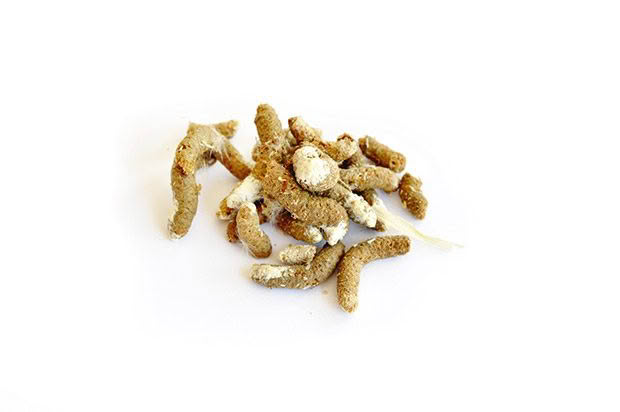
Source: Massey University
4 REASONS WHY YOU WANT DRY MANURE
If you choose to store or compost a pile of manure, it’s important to keep it dry. When poultry manure gets wet:
• it smells more
• it attracts a lot more flies
• it weighs more and is harder to move
• it loses around 30 per cent of its nitrogen content as gas
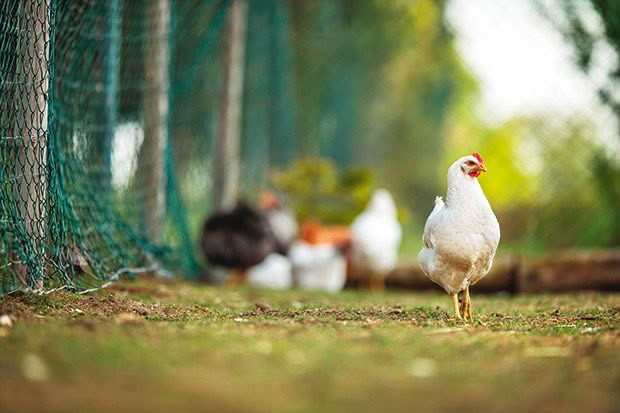
Fresh droppings have a high moisture content. The eye-watering smell of wet manure is its best quality – nitrogen – breaking down into ammonia gas.
Wet patches of manure, especially around drinkers, will give off lots of ammonia. That strong smell is irritating to poultry, and they will try to avoid it. If you can smell a faint whiff of ammonia, it’s already irritating your flock. It’s a sign you need to clean up the area, and fix any leaks.
HOW TO USE FRESH MANURE
Fresh manure on its own is acidic and high in nitrogen. Don’t use it directly on foliage, grass or around plants as it will burn them. Fresh manure is best dug into soil and left to decompose, for example in garden beds over a season (eg, winter).
Love this story? Subscribe now!
 This article first appeared in NZ Lifestyle Block Magazine.
This article first appeared in NZ Lifestyle Block Magazine.
